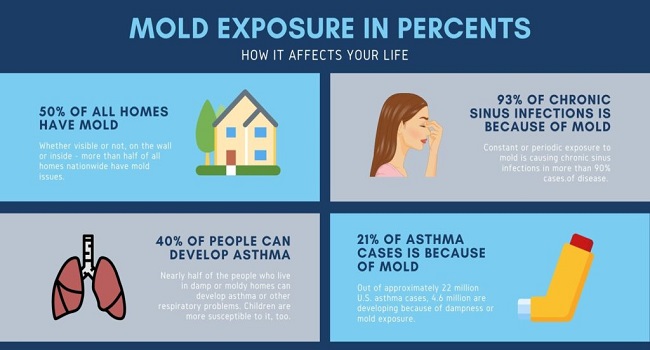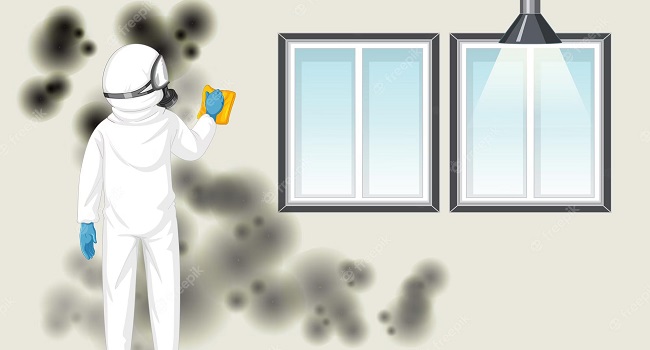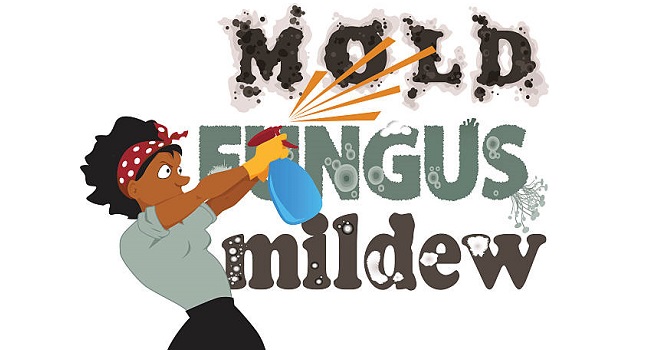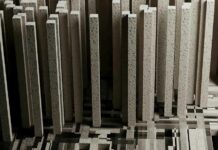Every homeowner’s nightmare, the silent destroyer, mold can cause not only structural damage but also trigger numerous health problems. In damp, dark corners of homes worldwide, these unwanted guests creep in unnoticed, causing havoc wherever they multiply.
Understanding the cope of this problem is the first step toward effective remediation.
This article is your comprehensive guide to banishing mold once and for all. Read on to reclaim your space, get rid of unsightly mold and reclaim the cleanliness and safety of your living environment.
Understanding Mold and Its Impact
This undesirable house tenant, mold, thrives in damp environments and reproduces through airborne spores. More than just a cosmetic problem, mold can weaken your home’s structural elements such as drywall and support beams, ultimately undermining its integrity.
How to Detect Mold in Your Home
Identifying mold can be less straightforward than one might assume. Telltale signs include discoloration or speckled patches on the walls, floor, and ceilings.
An unmistakable musty smell is also a common indication of lurking mold. Precise techniques—such as moisture measurements or thermal imaging—can uncover hidden infestations.
Evidence-Based Health Risks Associated with Mold
Apart from the tangible damage to your property, mold’s negative impact extends to your overall well-being. Prolonged exposure can cause a plethora of health issues, from irritating allergic reactions to severe respiratory conditions.
Disturbingly, certain types of mold may even contribute to serious neurological issues, such as memory loss and mood changes.

The Process of Mold Remediation: A Detailed Overview
Mold remediation is a multi-faceted process requiring a systematic approach to ensure effective elimination and prevention of mold. Four broad stages encompass this process: identification, containment, cleaning, and implementing preventive measures.
- Identification: This involves detecting visible and hidden mold using inspection tools, moisture meters, and thermal imaging.
- Containment: Following identification, isolating the affected areas prevents further spread of mold. Techniques such as using negative air pressure and sealing off the area with plastic sheeting are utilized.
- Cleaning: Infested materials are thoroughly cleaned or removed using specialized mold-removing products and procedures. Severely contaminated materials that can’t be adequately cleaned are safely discarded.
- Preventive Measures: Post-cleaning, it’s essential to address the underlying causes of mold growth, whether they’re leaks, poor ventilation, or high humidity levels. Undertaking repairs, improving ventilation, controlling humidity, and using mold-resistant building materials help to prevent mold from reoccurring.
The Role of Professionals in Mold Remediation

Inviting professionals into the mold remediation process is a prudent decision. Their expertise and specialized equipment enable them to perform a comprehensive cleanup—eliminating both apparent and concealed mold, all the while ensuring that the job is done safely to avoid a recurrence.
Preventive Measures: Keeping Mold at Bay

As the timeless adage wisely suggests, “an ounce of prevention is worth a pound of cure.” This couldn’t be truer in the context of mold prevention.
By applying certain techniques and paying attention to specific aspects of your home, you can effectively discourage mold growth. Here’s an in-depth look at some of these techniques.
Mold-Resistant Materials
Today’s construction industry has taken heed of the mold issue and created products specifically designed to resist mold growth. These can include mold-resistant drywall or sheetrock, paint, and other building materials. One significant innovation in this realm is mold-resistant concrete. This type of concrete is mixed with certain additives or treated with coatings that inhibit the growth of mold, even in damp conditions. Such concrete is particularly beneficial for foundational and subterranean applications, where moisture is often a concern. By using mold-resistant & sustainable concrete in these areas, homeowners and builders can significantly reduce the risk of mold-related issues and the subsequent costs of mold remediation. Using such materials, especially in areas of the home prone to dampness—like bathrooms, kitchens, and basements—can help prevent mold before it starts.
Routine Property Checks
Regular inspections of your house, particularly areas like the attic, basement, and bathroom, can help you spot early signs of mold. Also, monitor places where condensation can gather, such as window sills and air conditioning units.
Maintaining Proper Ventilation
A well-ventilated home can do wonders in the fight against mold. It’s essential to ensure that moisture-laden air can escape from your home easily, particularly from areas that produce a lot of moisture, such as the bathroom and kitchen. If the moisture isn’t vented out properly it can accumulate, leading to damp conditions that invite mold growth.
Promptly Addressing Moisture Issues
Swift action can be crucial. If you find a leak in your home, don’t let it sit. The longer an area stays damp, the more inviting it becomes to mold. Dry wet areas as quickly as you can, and fix leaks in your roof, walls, or plumbing to keep mold from finding a hospitable place to grow.
Dehumidifiers and Air Conditioners
In areas with high humidity or during damp seasons, these appliances can come in handy. They help to remove excess moisture from the air, thereby making the environment unfavorable for mold growth.
Final Thoughts: The Importance of Regular Inspections and Early Detection
A robust, proactive mold management strategy can significantly minimize potential health risks and property damage. Regular inspections and early detection are the cornerstones of effective mold control.
It’s high time we shifted perception from mold being a mere aesthetic bother, to recognizing it as a serious issue warranting immediate action.
After all, the fight against mold isn’t just about preserving your home’s aesthetic appeal—it’s about protecting your health and ensuring a safe, comfortable living environment.
FAQs
Q: What causes mold growth in homes?
Mold thrives in humid, damp conditions with poor ventilation. Common causes include water leaks, flooded basements, condensation, high humidity levels, and damp building materials.
Q: How do I know if there’s mold in my house?
Visible mold is an obvious sign, often appearing as a stain, smudgy patch, or speckled discoloration on walls, floors, ceilings, or furniture. Other signs include a persistent musty odor, deteriorating household materials, or worsening of allergies and respiratory issues when at home.
Q: Does all mold pose a health risk?
While not all types of mold are harmful, some, like Black Mold (Stachybotrys), can produce toxins potentially harmful to humans. Ongoing exposure to mold can lead to respiratory problems, allergic reactions, and in severe cases, neurological issues.
Q: Can I remove mold myself?
Minor mold infestations can often be treated with household cleaners or diluted bleach. However, larger infestations, mold in hard to reach areas, or mold caused by severe water damage should be handled by professionals to ensure complete removal and prevent recurrence.
Q: How can I prevent mold growth?
Mold prevention involves controlling the moisture levels in your home. Fix any leaks promptly, ensure your home has adequate ventilation, use a dehumidifier in particularly damp areas, and regularly inspect your home to detect any potential mold growths early.




























